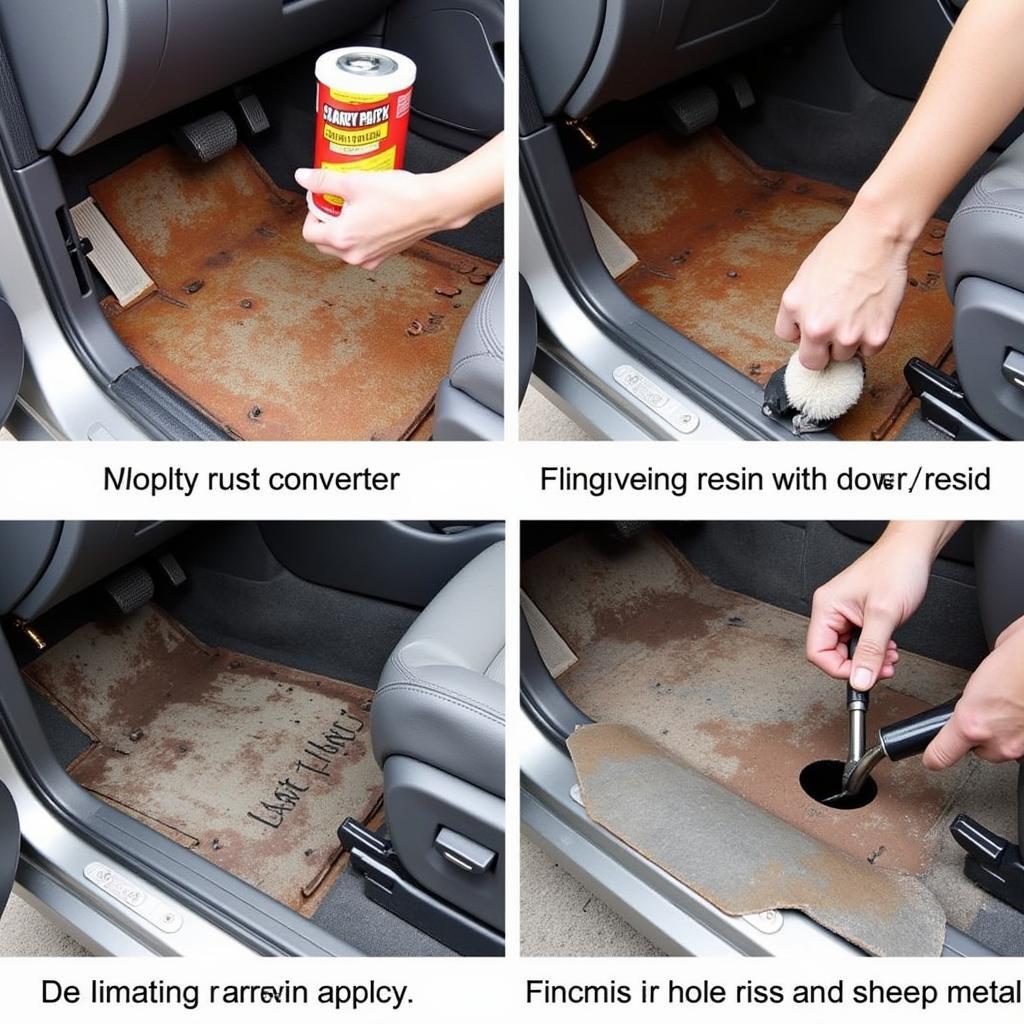The dreaded check engine light illuminates your dashboard, and your trusty OBD-II scanner reveals the cryptic code P0340. This signifies a problem with your car’s camshaft position sensor circuit, a critical component for engine performance. Don’t panic! This article will guide you through understanding, diagnosing, and potentially fixing the P0340 code, whether you’re a seasoned mechanic or a car owner looking to troubleshoot.
Understanding the Camshaft Position Sensor and P0340
The camshaft position sensor is a vital part of your car’s engine management system. It tells the engine control unit (ECU) the position of the camshaft, which dictates when the valves open and close. This information is crucial for precise fuel injection and ignition timing. A P0340 code specifically indicates a problem with the circuit of the camshaft position sensor, not necessarily the sensor itself. This means the issue could lie with the wiring, connectors, or even the ECU.
What Causes a P0340 Code?
Several culprits can trigger a P0340 code. These include:
- Wiring Issues: Damaged, corroded, or loose wiring between the sensor and the ECU is a common cause.
- Faulty Camshaft Position Sensor: While the code points to the circuit, the sensor itself can still be the problem.
- Connector Problems: A loose, corroded, or damaged connector can disrupt the signal.
- Timing Belt/Chain Issues: A slipped or broken timing belt/chain can affect the sensor’s readings.
- ECU Problems: In rare cases, the ECU itself can malfunction and cause the P0340 code.
Diagnosing the P0340 Code: A Step-by-Step Guide
- Check the Wiring and Connectors: Visually inspect the wiring harness for any signs of damage, such as fraying, cuts, or burns. Check the connectors for looseness, corrosion, or broken pins.
- Test the Sensor: Use a multimeter to test the sensor’s resistance and voltage output according to your vehicle’s specific specifications.
- Inspect the Timing Belt/Chain: Ensure the timing belt/chain is properly aligned and tensioned. A slipped or broken belt/chain can cause erratic sensor readings.
- Check the ECU: While less common, a faulty ECU can also cause the P0340 code. This often requires specialized diagnostic equipment.
What Happens If You Ignore a P0340 Code?
Ignoring a P0340 code can lead to various drivability issues, such as:
- Difficulty Starting: The engine may crank but not start or take longer to start.
- Rough Idle: The engine may idle erratically or stall.
- Reduced Performance: You might experience a loss of power or poor acceleration.
- Increased Fuel Consumption: The engine may burn more fuel due to improper timing.
“Addressing a P0340 code promptly is crucial,” advises John Smith, a seasoned automotive engineer with over 20 years of experience. “Ignoring it can lead to more serious engine problems and costly repairs down the road.”
Fixing the P0340 Code: DIY or Professional Help?
Depending on your mechanical skills and the specific cause of the P0340 code, you might be able to fix it yourself. Simple fixes like cleaning or tightening connectors or replacing damaged wiring can be done with basic tools. However, if the problem lies with the sensor itself, the timing belt/chain, or the ECU, it’s best to seek professional help.
“While some P0340 fixes are straightforward, others require specialized knowledge and tools,” says Maria Garcia, a certified master technician. “If you’re unsure, it’s always best to consult a qualified mechanic.”
Conclusion: Tackling the P0340 Car Problem Code
The P0340 car problem code, indicating a camshaft position sensor circuit malfunction, can seem daunting. However, with the information provided in this article, you’re now equipped to understand, diagnose, and potentially address this issue. Remember, addressing the P0340 code promptly can save you from more significant engine problems and expenses in the future. If you need further assistance, don’t hesitate to connect with AutoTipPro. Give us a call at +1 (641) 206-8880 or visit our office at 500 N St Mary’s St, San Antonio, TX 78205, United States. We’re here to help get your car back on the road!






Leave a Reply